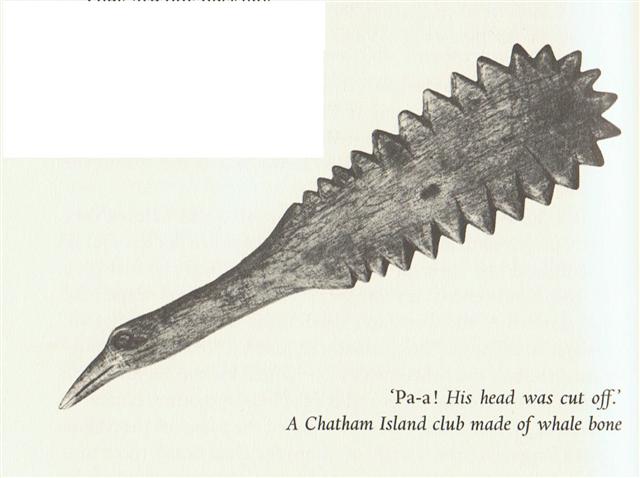5. The star at the neck of the sea monster, Mira, was probably of importance, because it was one of the very few stars with signs of 'life' in the sky roof - it was first moving towards the observer and then far away until its light had diminished so much it could no longer be seen. Only living creatures move of their own accord. Mira is similar to Mars, which also alternates by being close and far away. How could the ancients have known that Mira stayed put and only changed its light? "Mira also known as Omicron Ceti (ο Ceti, ο Cet), is a red giant star estimated 200-400 light years away in the constellation Cetus. Mira is a binary star, consisting of the red giant Mira A along with Mira B. Mira A is also an oscillating variable star and was the first non-supernova variable star discovered, with the possible exception of Algol. Apart from the unusual Eta Carinae, Mira is the brightest periodic variable in the sky that is not visible to the naked eye for part of its cycle. Its distance is uncertain; pre-Hipparcos estimates centered around 220 light-years, while Hipparcos' data suggest a distance of 418 light-years, albeit with a margin of error of ~14%." (Wikipedia) This Hipparcos surely cannot refer to the ancient astronomer Hipparkhos, and by investigating closer I find: "Hipparcos (an acronym for 'High precision parallax collecting satellite') was a scientific mission of the European Space Agency (ESA), launched in 1989 and operated between 1989 and 1993." In a way Mira therefore can illustrate how life (light) departs, yet returns after the completion of a cycle. "In 1638 Johannes Holwarda determined a period of the star's reappearances, eleven months; he is often credited with the discovery of Mira's variability. Johannes Hevelius was observing it at the same time and named it 'Mira' (meaning 'wonderful' or 'astonishing,' in Latin) in 1662's Historiola Mirae Stellae, for it acted like no other known star. Ismail Bouillaud then estimated its period at 333 days, less than one day off the modern value of 332 days, and perfectly forgivable, as Mira is known to vary slightly in period, and may even be slowly changing over time ..." (Wikipedia) 11 months means 'one more'. In the chapter Tamaiti I mentioned the fate of Tu whakararo (perhaps the same Tu who north of the equator saved his family from starvation by burying himself): ... According to a myth (in Legends of the South Seas) the head of Tu whakararo was cut off, and his eyes were gouged out and given to Maurea, to be eaten by her. Raro means 'bottom end' (Č) and haka-raro means to 'make bottom'. In the myth whakararo (whaka is the Maori spelling of haka) is connected to the fact that Tu had been hiding beneath the flooring-slats of a canoe. It did not help him, his time was out ...
Maurea is a name similar to Maśre, on Easter Island the 1st night of the quartet which ends with Full Moon. This is how I have arranged the nights of Moon in parallel with the glyphs of the C text:
I remembered this because Eta Carinae is a star in the keel (i.e. 'beneath the flooring-slats') of the Argo ship far down in the south. What could be a better instrument for cutting off a head than a whale bone club - especially if it has 25 teeth and a handle in form of a bird in flight! |
